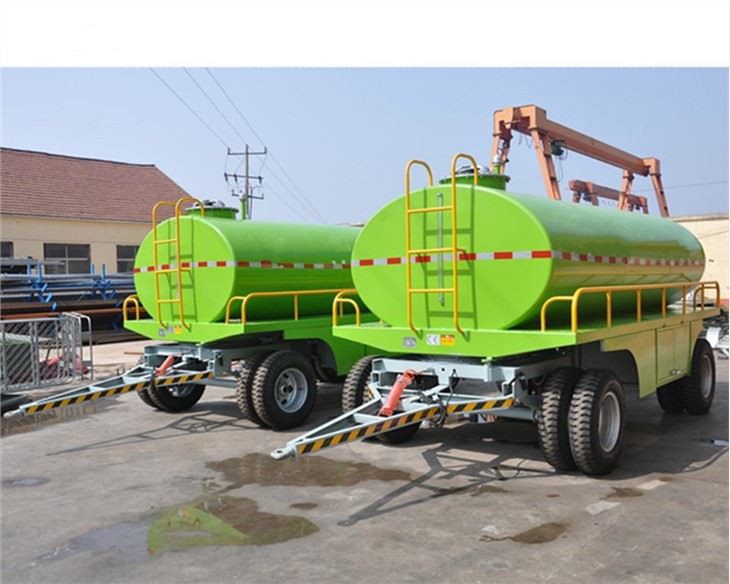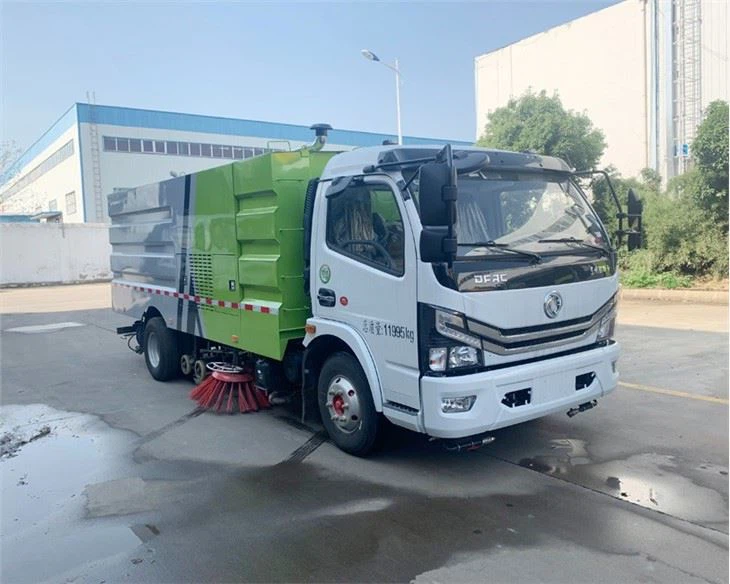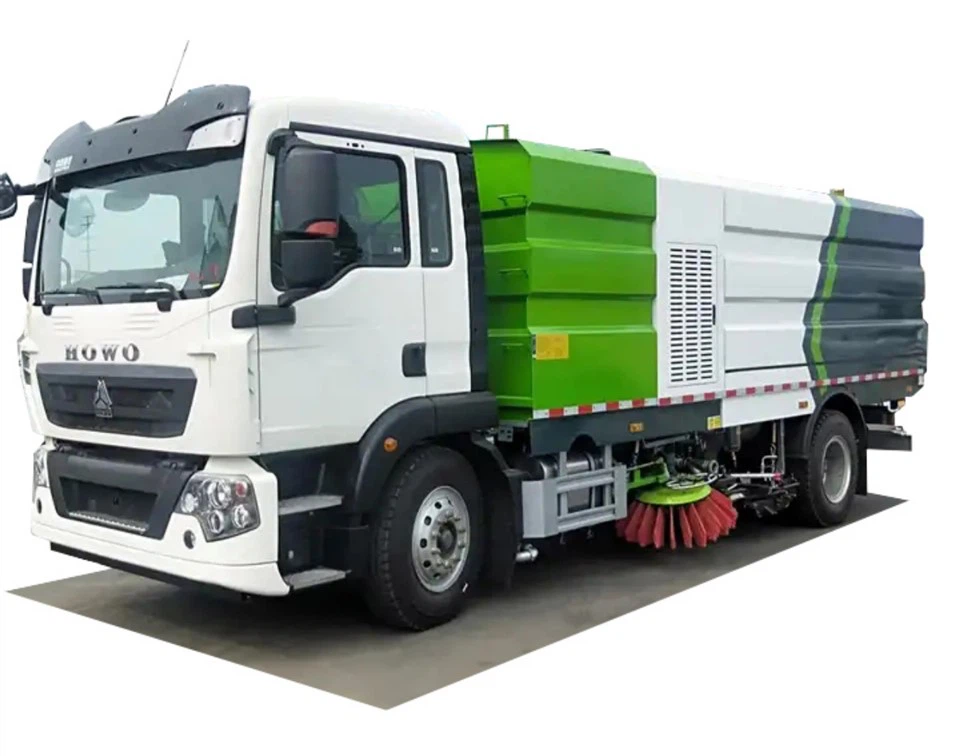Litter Collection Vehicles: The Essential Roles in Keeping Our Streets Clean

Introduction
Litter collection vehicles play a crucial role in maintaining cleanliness and hygiene in urban and rural environments. These specialized vehicles are designed not just for effective litter collection but also for enhancing the overall aesthetic appeal of communities. With growing concerns regarding waste management and environmental sustainability, the importance of litter collection vehicles has never been more pronounced. This article delves into the various aspects of litter collection vehicles, including their types, technologies, operations, benefits, and best practices for maximizing their effectiveness.
Understanding Litter Collection Vehicles
Litter collection vehicles are specialized trucks or machines intended for collecting and disposing of litter from public spaces. They vary in size, capacity, and functionality depending on the environment in which they operate, from small residential areas to large urban centers.

Types of Litter Collection Vehicles
There are several types of litter collection vehicles, each designed for different tasks and environments:
- Vacuum Sweepers: These vehicles use powerful suction technology to collect litter along streets, parking lots, and sidewalks.
- Compaction Trucks: Designed for larger waste removal, these vehicles compact the collected litter, allowing for enhanced storage capacity.
- Small Utility Vehicles: Often used in parks and pathways, these vehicles can navigate tight spaces and are highly maneuverable.
- Manually Operated Vehicles: Typically used in areas where larger vehicles cannot access, these vehicles rely on manual labor for litter collection.
The Anatomy of a Litter Collection Vehicle
| Component | Description |
|---|---|
| Cab | Where the driver operates the vehicle and often equipped with advanced controls for litter collection |
| Collection Mechanism | Includes brushes, suction hoses, and compartments to gather and store litter |
| Compaction System | Used in larger trucks to efficiently pack the collected litter |
| Hydraulic Systems | Helps to operate the collection mechanism and compaction system |
| Waste Storage Compartment | Designed to hold the collected litter until it can be disposed of properly |
How Litter Collection Vehicles Operate
The operational efficiency of litter collection vehicles relies on several factors, including route planning, collection techniques, and workforce management.
Route Planning
Effective route planning is essential for maximizing the efficiency of litter collection operations. This involves identifying high-litter zones and scheduling collection during off-peak hours to minimize traffic disruption.
Collection Techniques
Different litter collection vehicles employ various techniques based on their design and the type of litter being collected. For example, vacuum sweepers are excellent for collecting small debris, while compaction trucks are better suited for bulkier items.
Workforce Management
Proper management of the workforce that operates these vehicles is vital. Ensuring that operators are well-trained in the vehicle’s functions and safety protocols increases productivity and reduces accidents.
Benefits of Using Litter Collection Vehicles
Litter collection vehicles offer numerous benefits that contribute to environmental sustainability and community well-being. Here are some key advantages:
Environmental Impact
By effectively collecting litter, these vehicles help prevent debris from entering waterways and harming wildlife. This protects local ecosystems and promotes healthier environments.
Aesthetic Appeal
Clean streets and parks enhance the visual appeal of neighborhoods, fostering pride among residents and attracting visitors. Litter collection vehicles play a pivotal role in maintaining these standards.
Public Health and Safety

Debris can pose health hazards; by ensuring litter is regularly collected, these vehicles help reduce the risk of pest infestations and disease transmission.
Community Involvement
Regular litter collection encourages community involvement in cleanliness initiatives, promoting a culture of sustainability and civic responsibility.
Innovations in Litter Collection Vehicles
The field of litter collection vehicles has seen several innovations aimed at enhancing efficiency and reducing environmental impact.
Electric Litter Collection Vehicles
With the increasing focus on reducing carbon footprints, electric litter collection vehicles are rising in popularity. They offer reduced emissions and noise levels, making them more suitable for urban environments.
Smart Technology Integration
Modern litter collection vehicles are being equipped with smart technology that allows for real-time tracking, remote operation, and auto-route adjustments based on traffic conditions. This optimizes operational efficiency and reduces fuel consumption.
Automated Sorting Systems
Some advanced litter collection vehicles come with automated sorting systems that can categorize litter into recyclables and non-recyclables. This innovation assists municipalities in improving recycling rates and cleaner disposal methods.
Practical Tips for Effective Litter Collection
To ensure the success of litter collection initiatives, here are practical tips for municipalities and organizations:
1. Regular Maintenance of Vehicles
Conduct routine inspections and maintenance on litter collection vehicles to avoid breakdowns and ensure optimal performance.
2. Employee Training and Safety Protocols

Provide comprehensive training for operators on vehicle operation, safety protocols, and litter collection techniques.
3. Community Engagement Programs
Engage local communities through educational programs and initiatives to promote awareness of littering and the importance of staying clean.
4. Collaborate with Local Businesses
Form partnerships with local businesses to sponsor litter collection events or promote anti-littering campaigns, creating a collaborative community effort.
5. Utilize Technology for Efficiency
Adopt technology tools for monitoring litter hotspots and optimizing collection routes.
Cost Analysis of Litter Collection Vehicles
Investing in litter collection vehicles entails significant costs, from the purchase price to maintenance, staffing, and operational overhead. Understanding these costs can help municipalities budget effectively:
| Cost Category | Estimated Cost |
|---|---|
| Purchase Price | $200,000 – $500,000 |
| Annual Maintenance | $15,000 – $30,000 |
| Fuel Costs | $10,000 – $20,000 |
| Labor Costs | $40,000 – $70,000 (per operator) |
Future Trends in Litter Collection Vehicles
As technology and environmental consciousness continue to evolve, so do litter collection vehicles. Future trends may involve:
Increased Automation
The implementation of autonomous litter collection vehicles, equipped with advanced sensors and AI, can streamline operations and reduce the need for human labor.
Enhanced Recycling Capabilities
Future vehicles may have more advanced sorting and recycling capabilities, enabling on-the-spot segregation of recyclable materials.
Integration with Smart City Infrastructure
As cities adopt smart technologies, litter collection vehicles will likely integrate with urban management systems for real-time data sharing and operational optimization.
FAQs About Litter Collection Vehicles
1. What types of litter collection vehicles are most effective in urban areas?
Vacuum sweepers and compaction trucks are typically the most effective in urban areas due to their ability to navigate crowded streets and handle large volumes of waste.
2. How often should litter collection be performed?
Frequency varies based on location and litter levels. High-traffic areas may require daily collection, while residential neighborhoods might be serviced weekly.
3. Are there environmentally friendly options for litter collection vehicles?
Yes, electric vehicles and those with efficient fuel consumption or alternative energy sources are considered environmentally friendly options.
4. How can communities promote anti-littering behavior?
Implementing educational programs, community campaigns, and easily accessible waste disposal options can help promote anti-littering behavior.
5. What are the safety protocols for operating litter collection vehicles?
Operators should follow strict safety protocols, including the use of seat belts, awareness of surrounding traffic, and routine safety inspections for the vehicle.
6. Do litter collection vehicles have any recycling features?
Many modern vehicles are being equipped with automated sorting systems that allow for the separation of recyclable and non-recyclable materials during collection.
